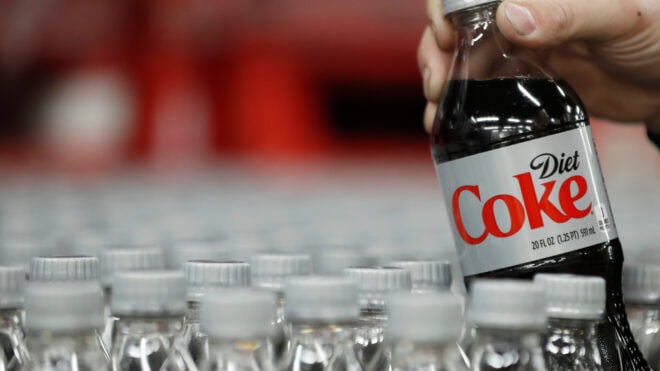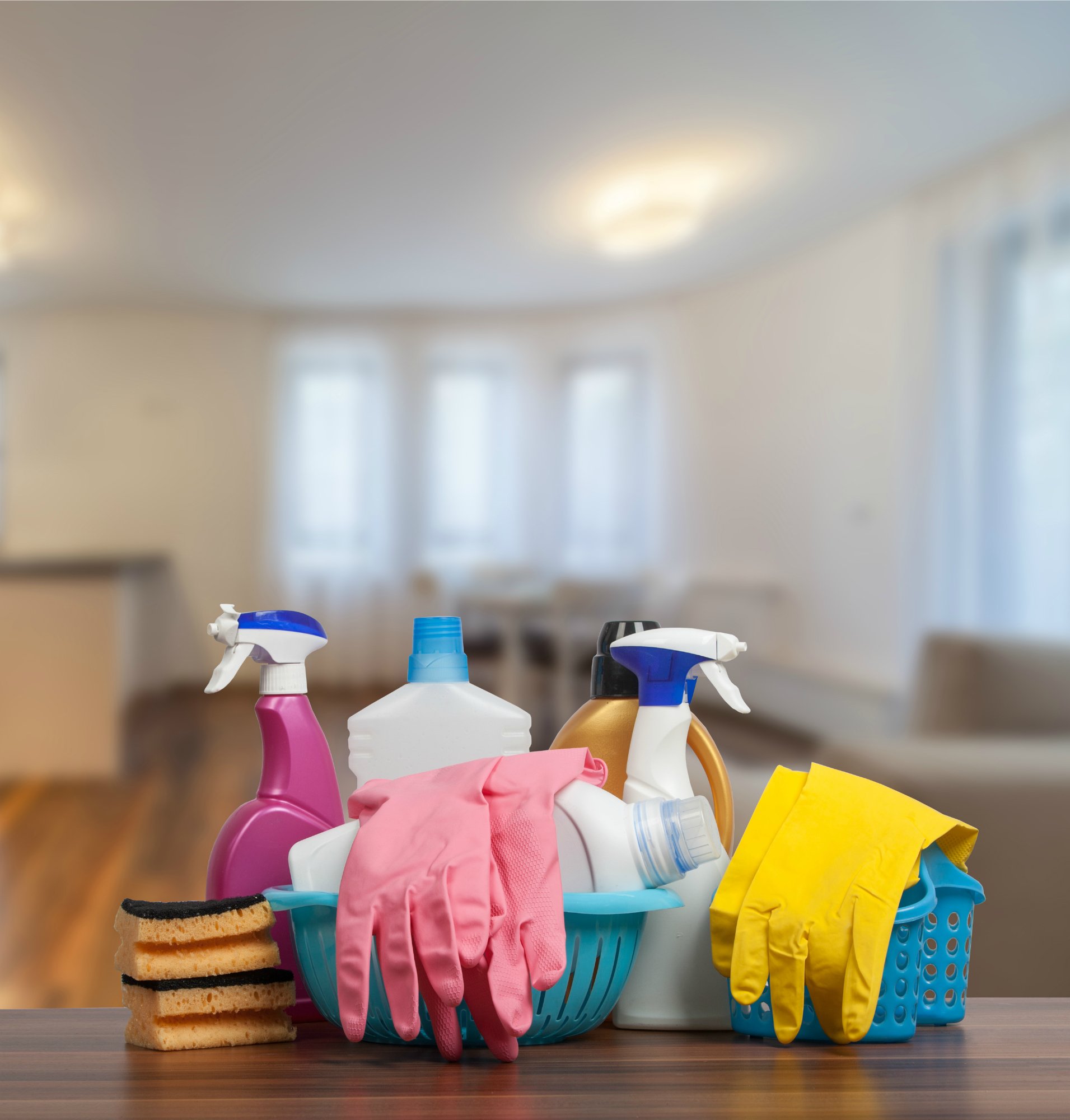
Bleach
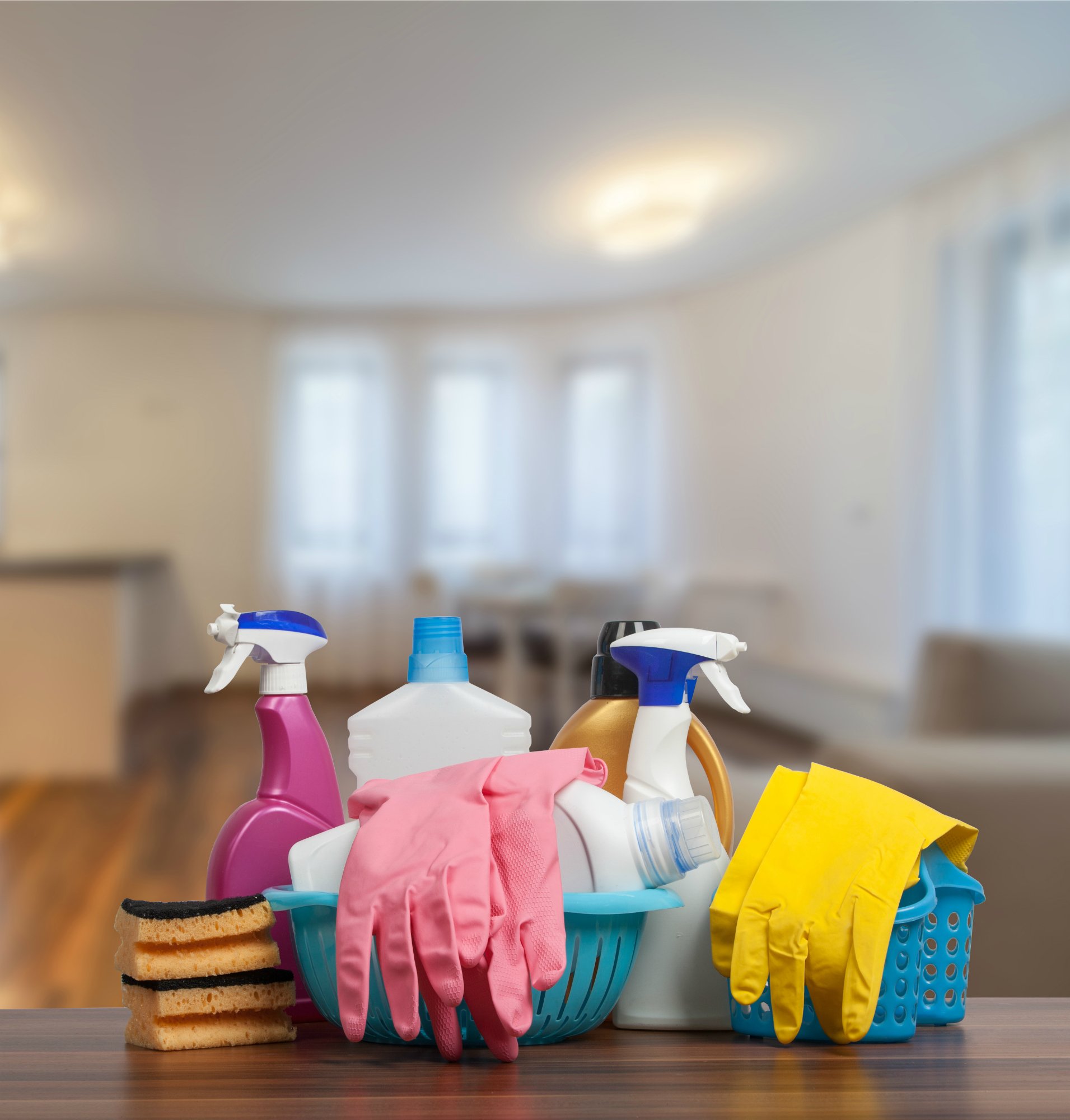
Nothing welcomes spring more than a thorough, top-to-bottom, deep cleaning of your home. But the products we use to get that sparkle often contain ingredients that are unhealthy and even dangerous to us. They make spring cleaning easier but at the risk of good health. Know the dangers of what you're using — and consider making changes.
Bleach, for example, is highly toxic; its fumes can cause eye and lung irritation, chest pain and asthma. Mixing it with other cleaning chemicals can make it even more dangerous.
Formaldehyde
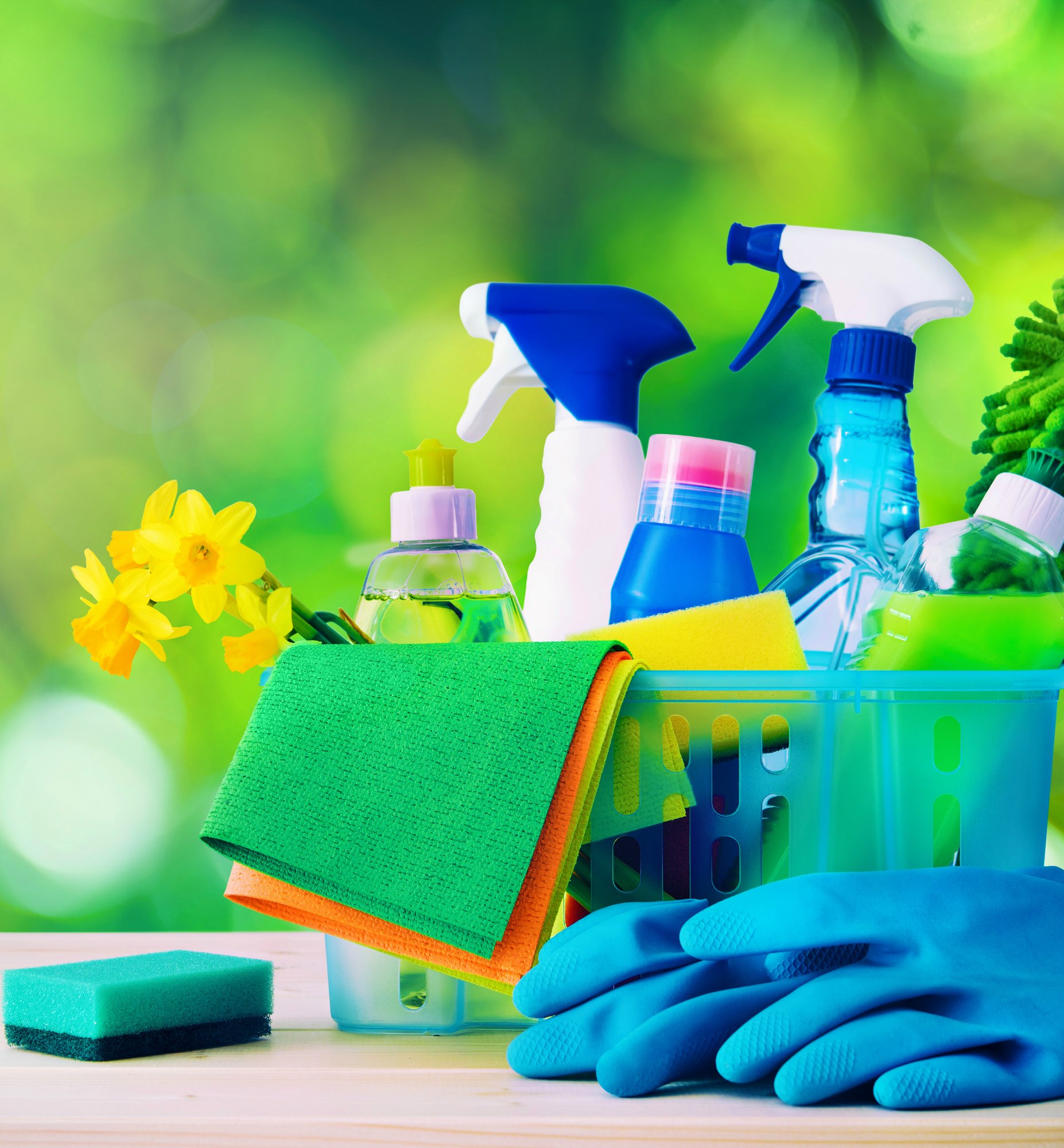
Formaldehyde has been designated by the World Health Organization and the U.S. government as a known carcinogen. And yet it appears in many of our cleaning products. Check labels of everything before assembling your spring cleaning arsenal.
Fragrances

Air fresheners, soaps, detergents and cleaners are often loaded with fragrances, which are not only one of the top allergens out there but also irritants to the eyes and the skin. Nothing beats the smell of a fresh, clean house, but skip the fake stuff and start by opening windows and curtains. If you must, use essential oils or fresh flowers.
Phthalates
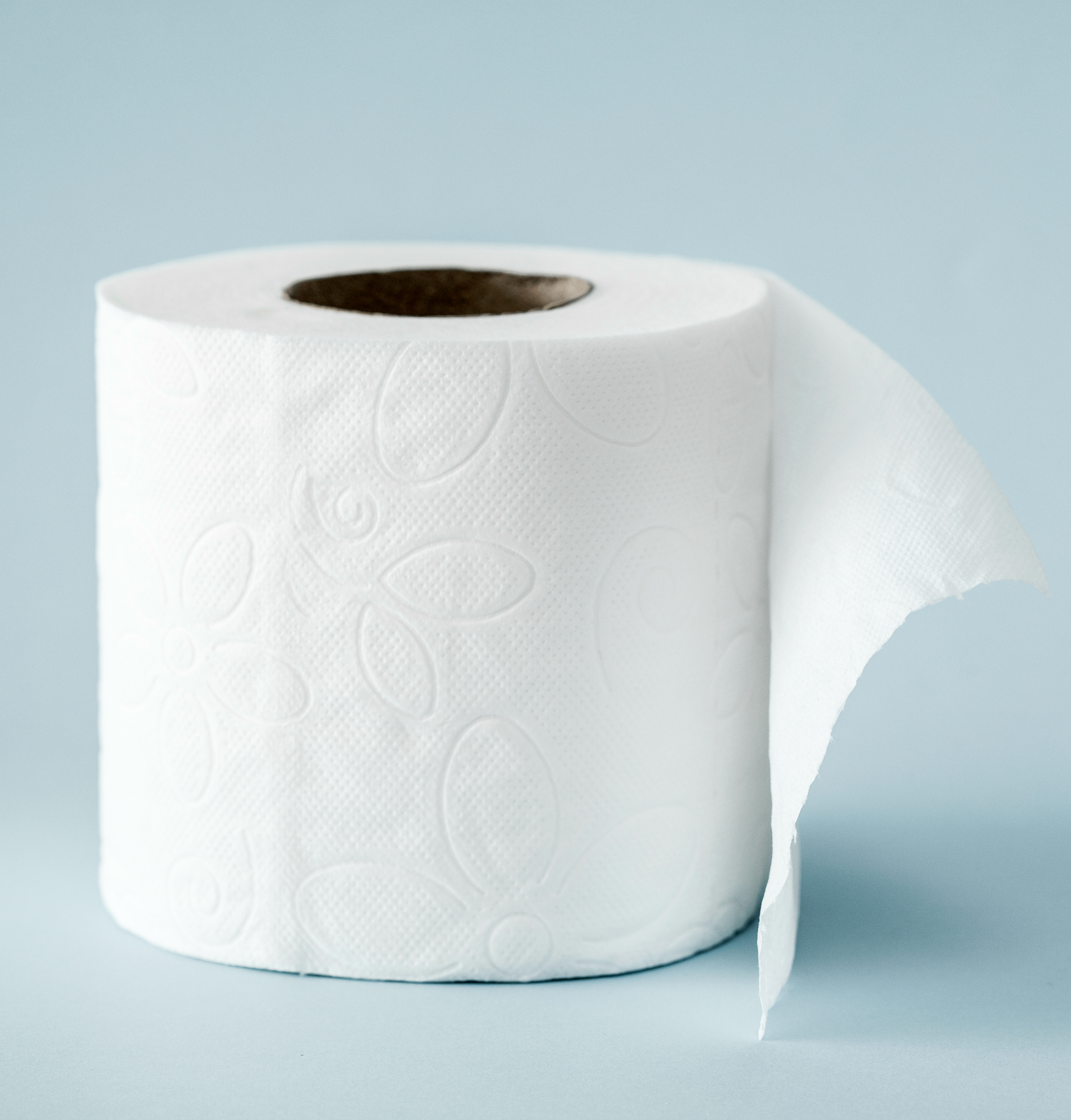
No one is suggesting you stop using toilet paper. But it's important to choose the right kind. Scented toilet paper more than likely contains phthalates, which are known endocrine disruptors and might increase men's risk for infertility or low sperm count. Manufacturers are not required to disclose fragrance ingredients on their labels. But if it's scented, chances are your brand contains phthalates.
Carpet Cleaners
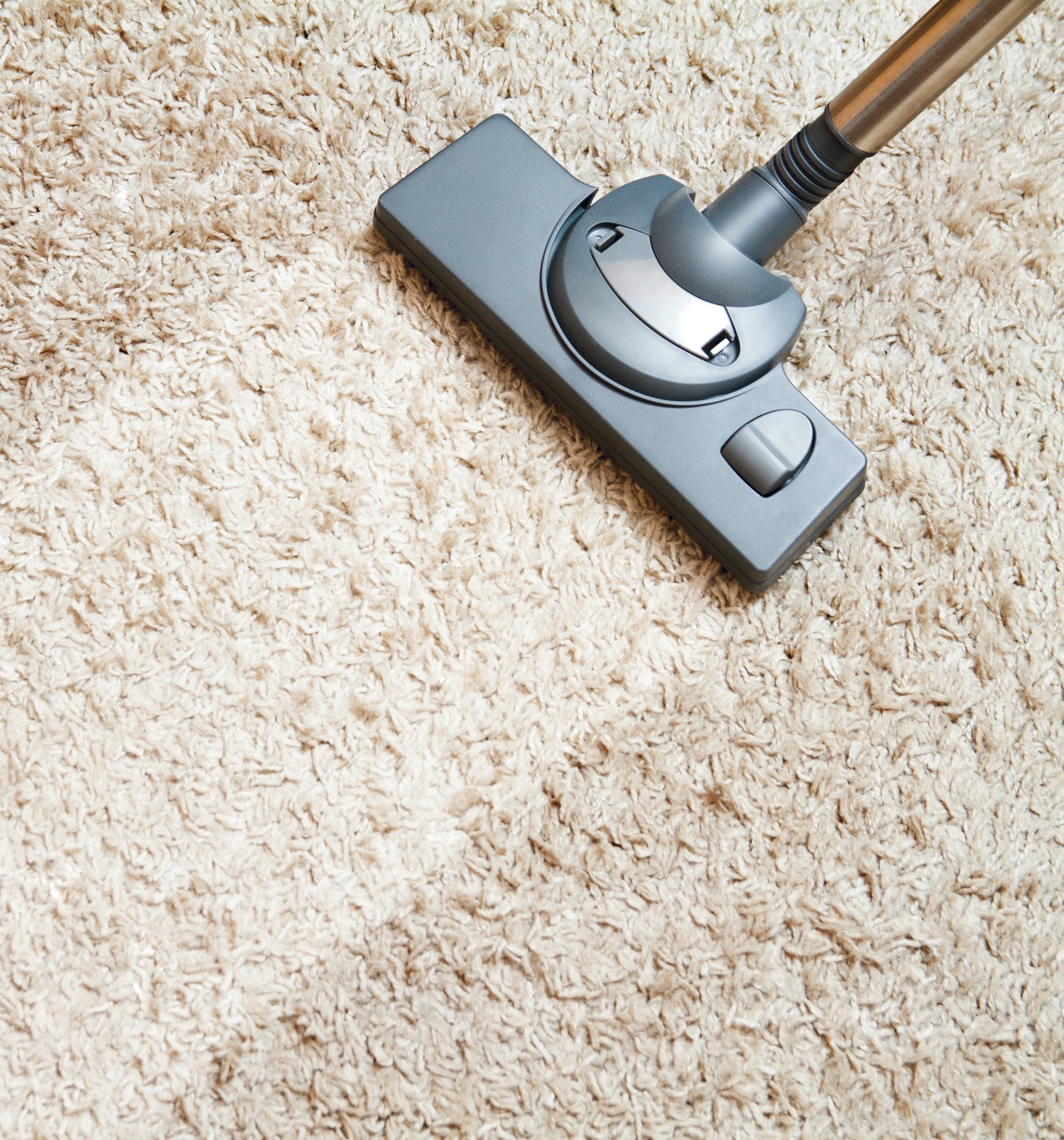
Carpet and upholstery cleaners usually contain perchloroethylene, also known as PERC, a neurotoxin and what the Environmental Protection Agency classifies as a possible carcinogen. If inhaled, it can cause irritation to the lungs and cause dizziness.
Antibacterial Soaps and Products

Antibacterial soaps and cleaning agents typically contain triclosan, which does kill bacteria — but not all of it. Consequently, the cleaners can promote the growth of drug-resistant bacteria. Moreover, we're washing it down the drain, and the Environmental Protection Agency has found dangerous concentrations of the chemical in rivers and streams, where it can kill algae. While safe in the short term, exposure and use of triclosan might cause harm. Soap and other nontoxic cleaning agents are just as good for spring cleaning.
Window Sprays
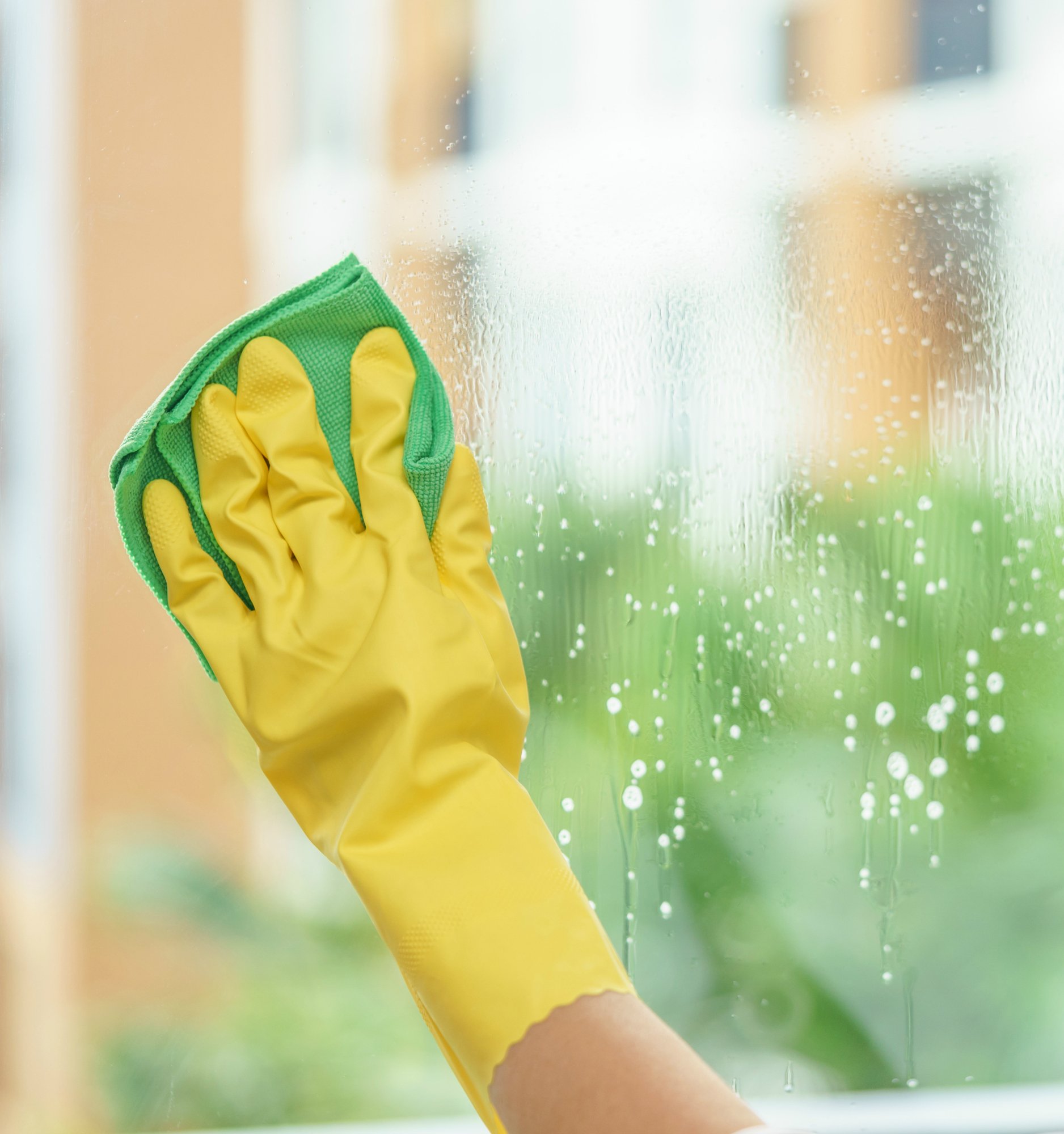
Window sprays and other multipurpose sprays usually contain 2-butoxyethanol, a powerful solvent that manufacturers do not have to list on their labels. Though the EPA lists the chemical as not likely to be carcinogenic, it can cause sore throats when inhaled. At high levels, it can cause organ damage. Use only in a well-ventilated space. Or try white vinegar mixed with water instead.
Oven Cleaners
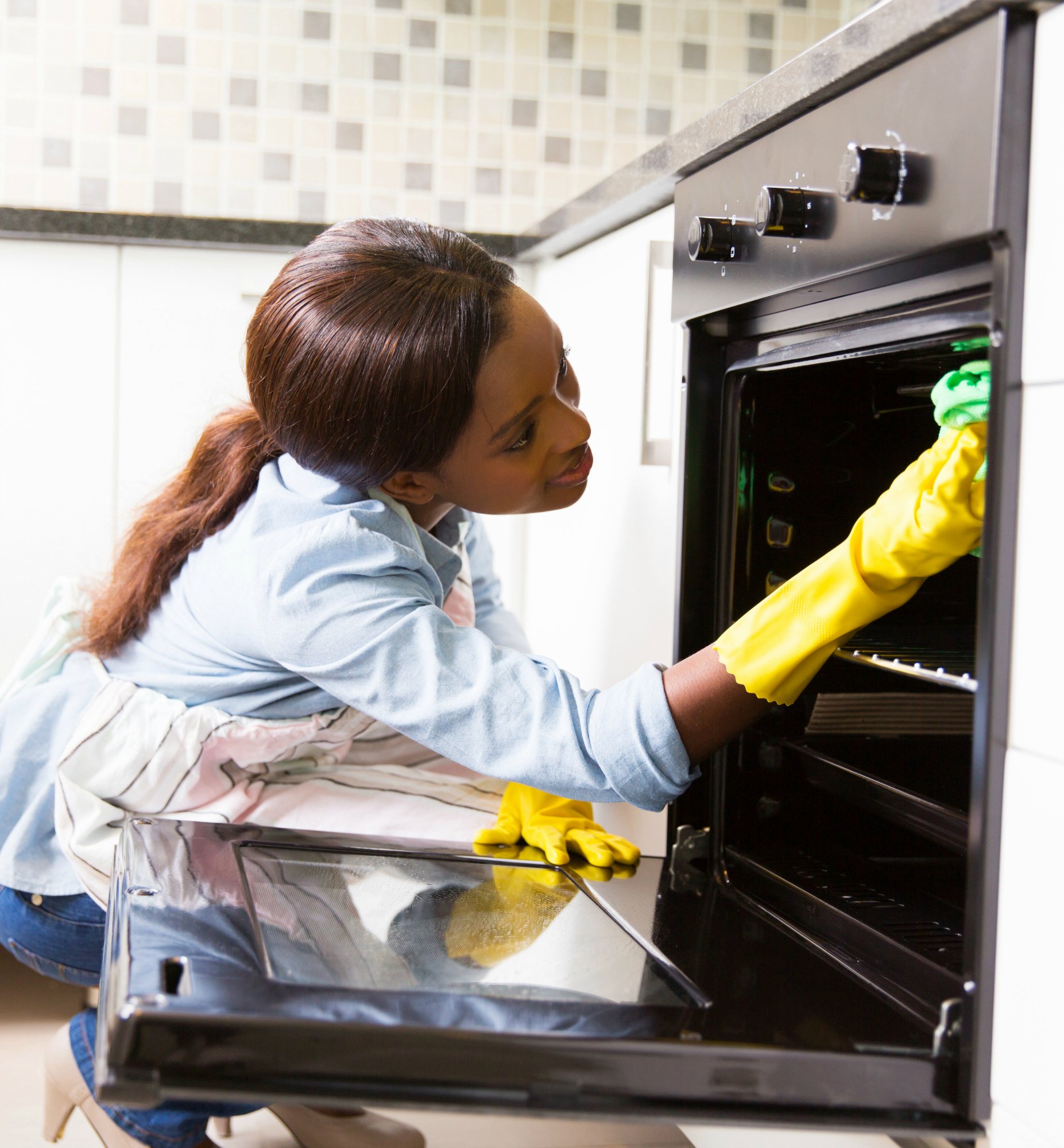
Oven cleaners, while a powerful and easy way to get rid of baked-on globs of food, contain sodium hydroxide (also called lye), which is extremely corrosive. Contact with skin or eyes can cause severe burns. It can also irritate the lungs and throat for several days if inhaled. A paste of baking soda and vinegar — plus a little more scrubbing on your end — cleans ovens without the risks.
Ammonia

Ammonia is a common ingredient in cleaning products that helps boost shine. But ammonia is a powerful irritant and one that puts people with asthma or other lung issues at risk. It's also irritating to eyes and can cause blindness, and becomes poisonous if it comes into contact with bleach.
Tile Cleaners

Some tile cleaners contain nonylphenol ethoxylate, which, when it breaks down to nonylphenol, can disrupt the hormone system. Baking soda and Borax mixed with soap can get you the sparkle without the hormone interruption or environmental degradation of nonylphenol.
Floor Cleaners

Popular multi-surface and floor cleaners contain DEGME or methoxydiglycol, which the United Nations Economic Commission for Europe called potentially damaging to a fetus. Some floor-cleaning products in the U.S. contain 10 times the amount allowed in the European Union.
Drain Crystals

Drain crystals for clogged sinks and pipes can be very dangerous if they come into contact with eyes or skin. These crystals contain, among other chemicals, sodium hydroxide, which can irritate or burn eyes or skin. But the powerful chemical is also combined with small bits of aluminum to create a heat reaction. Splashing or foaming into eyes or skin are a risk. Some plumbers also say these crystals damage pipes.
Air Fresheners

Air fresheners are a quick and easy way to make us feel as if the house is clean. But these artificially made scents — whether spray, plug-in or otherwise — usually contain phthalates, benzene, formaldehyde, propellants, solvents, benzenes and synthetic musks. Long-term exposure has been shown to possibly cause damage to lungs, liver, kidneys and other areas of the central nervous system. They could also increase the risk for cancer and infertility.
No-Fume Oven Cleaners

Even no-fume oven cleaners aren't entirely safe. They contain monoethanolamine, which can cause eye and skin irritation and burns on contact. Moreover, labels of no-fume oven cleaners have carried warnings about making sure to have plenty of fresh air during the application and drying period.
Static Cling Sprays

Static cling sprays are another eye and skin irritant that should be used with caution. They can also be highly flammable, including around sparks, which are easily created where there is static cling.
Jewelry Cleaners

Environmental Working Group has flagged some jewelry cleaners as toxic. Some contain perchloroethylene, a known carcinogen. Moreover, fumes from the toxic solvents can cause lung, eye and skin irritation.
Silver Polish

Some easy tarnish removers contain high percentages of chemicals such as thiourea, which the state of California classifies as a carcinogen. Product information states that prolonged and repeated exposure could cause "reproductive and fetal effects."
Flea and Tick Repellants

Flea and tick treatments contain organophosphate insecticides, which kill by targeting the nervous system of these tiny insects. Some may also contain the insecticide pyrethroids, which can cause allergic reactions or an upset stomach. They can also irritate eyes.
Wood Stain
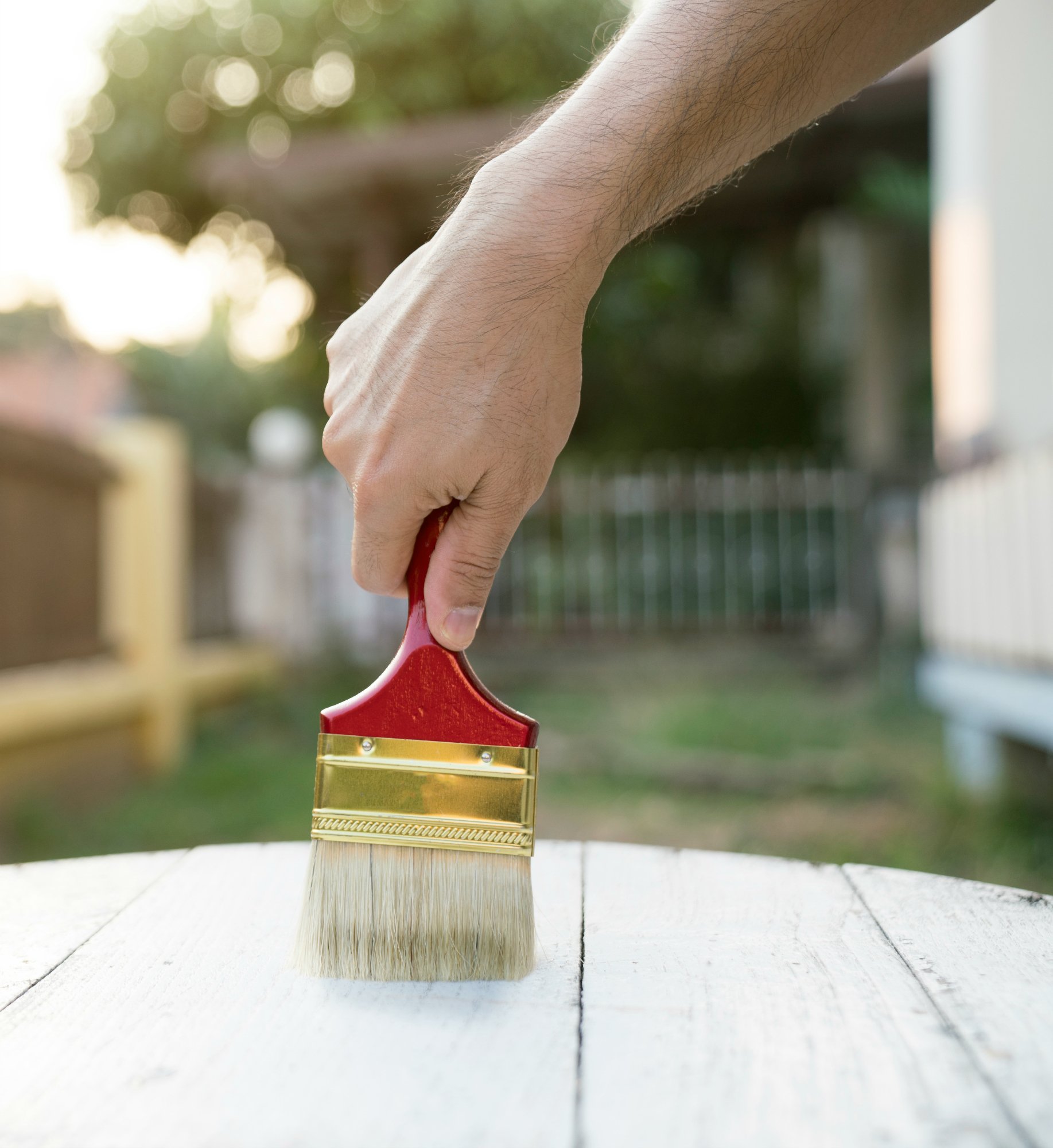
Wood stains and other solvents can cause a number of reactions through prolonged exposure, such as staining a deck, floor or piece of furniture in a not well-ventilated area. These reactions include burning pain in the mouth and throat, difficulty swallowing or breathing, skin burns and nausea, among other symptoms.

